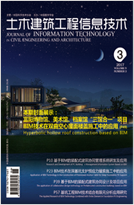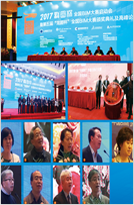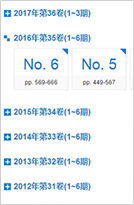Abstract:
Aiming at the problem of low efficiency in searching huge domain knowledge in the field of highway engineering, a multi-level knowledge extraction method for highway engineering specifications is proposed in the present paper. In the word level, a domain lexical database of highway engineering is constructed. In the paragraph level, a TEARS definition for highway engineering specifications is proposed, therefore unstructured paragraphs can be converted into structured triples. In the sentence level, four main sentence structures and their extraction methods for semantic information are designed respectively. The research constructs a domain knowledge graph of highway engineering by using above established methods and taking 967 highway engineering specifications as data source, and further develops a highway engineering safety information searching and application system. The result shows that the proposed methods can successfully extract knowledge from highway engineering specifications, and the constructed domain knowledge graph can fully meet the needs of engineering applications.










 下载:
下载: